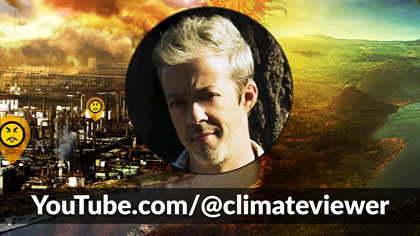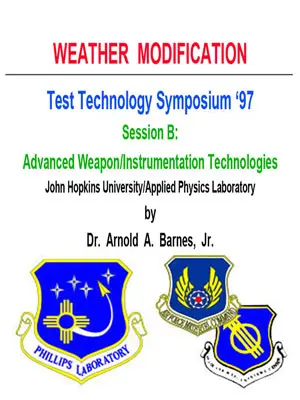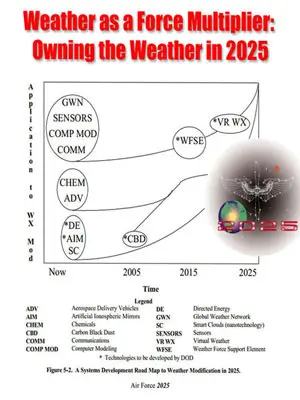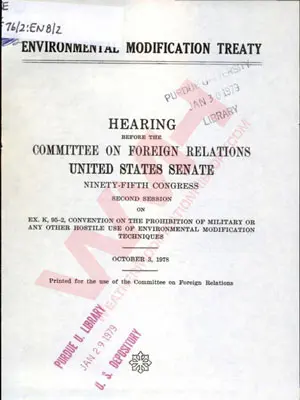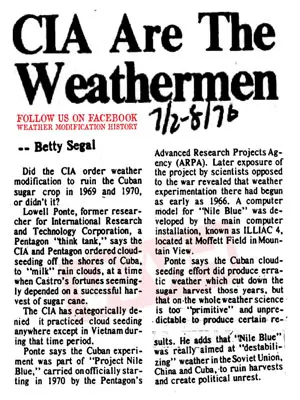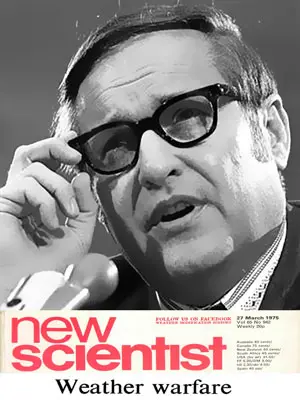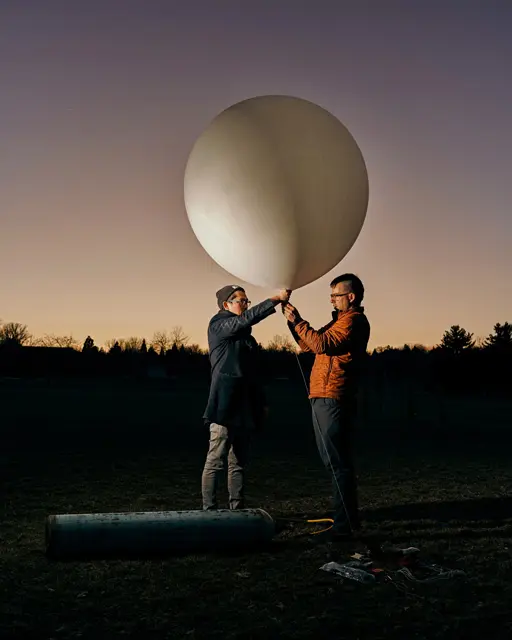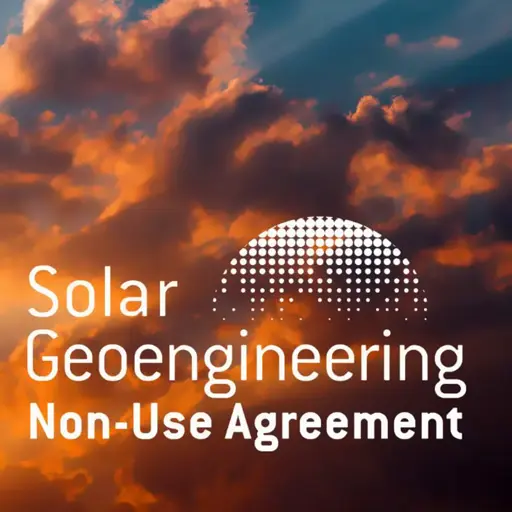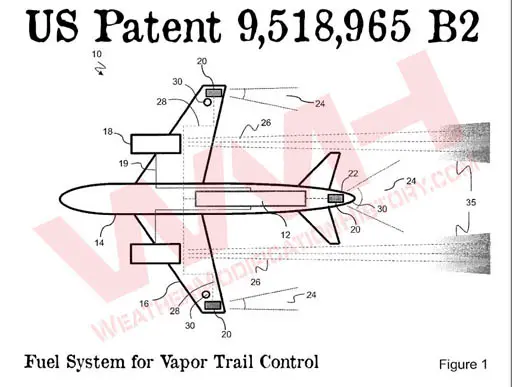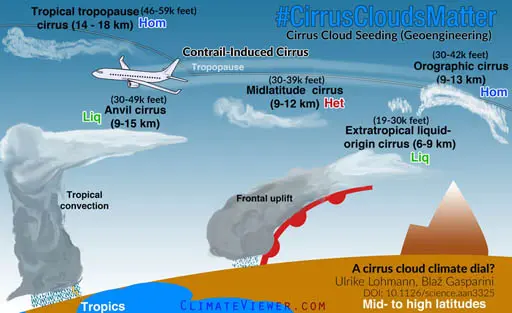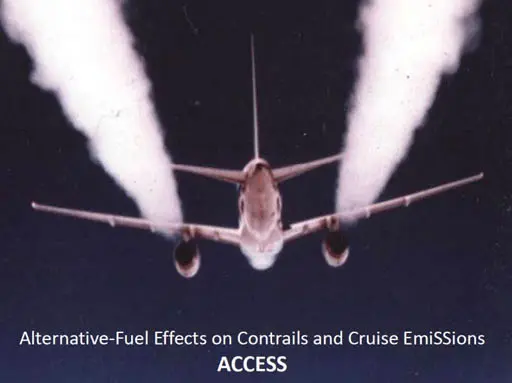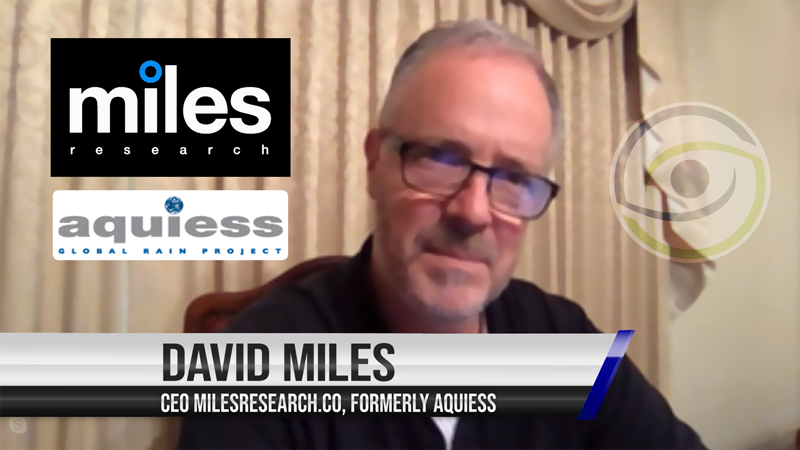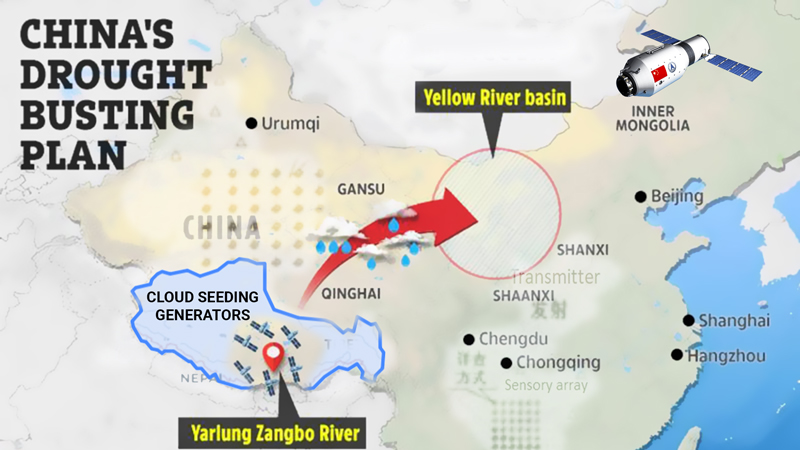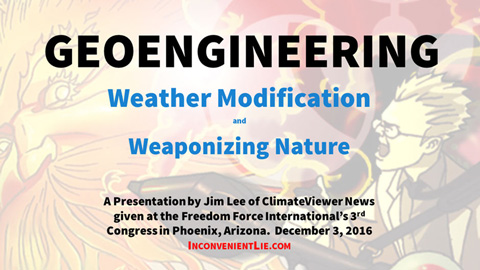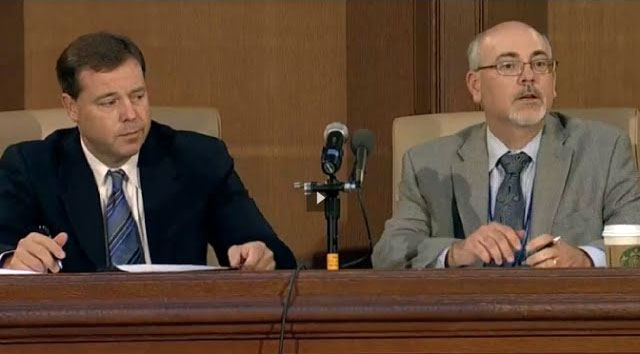COntrails Spreading Into Cirrus (COSIC) aims to quantify the climate role of line shaped contrails caused by air-traffic that you often see in the sky. In particular, we aim to understand how they can sometimes spread into larger cloud decks. Such spreading contrails could add significantly to the CO2-driven climate impacts of aviation, but estimates of their effect are very uncertain.
COSIC has made direct measurements of spreading contrail using dedicated flights over the UK with the BAe-146-301 large Atmospheric Research Aircraft. These measurements are now being used to incorporate spreading contrails into models of climate change. COSIC also aims to understand various stakeholder needs for aviation-climate science and communicate science results in the most appropriate way to the industry, policy makers and the public.
COSIC is a Natural Environment Research Council (NERC) sponsored project led by the University of Leeds, collaborating with the Universities of Manchester and Reading, the UK Met Office, the Facility For Airborne Atmospheric Measurements (FAAM) and the Institut für Physik der Atmosphäre, DLR, Germany. [1]
The radiative forcing due to a distinct pattern of persistent contrails that form into contrail-induced cirrus near and over the UK is investigated in detail for a single case study during March 2009. The development of the contrail-induced cirrus is tracked using a number of high-resolution polar orbiting and lower-resolution geostationary satellite instruments and is found to persist for a period of around 18 h, and at its peak, it covers over 50,000 km2.
A single aircraft operating in conditions favorable for persistent contrail formation appears to exert a contrail-induced radiative forcing some 5000 times greater (in W m−2 km−1) than recent estimates of the average persistent contrail radiative forcing from the entire civil aviation fleet. This study emphasizes the need to establish whether similar events are common or highly unusual for a confident assessment of the total climate effect of aviation to be made. [2]







